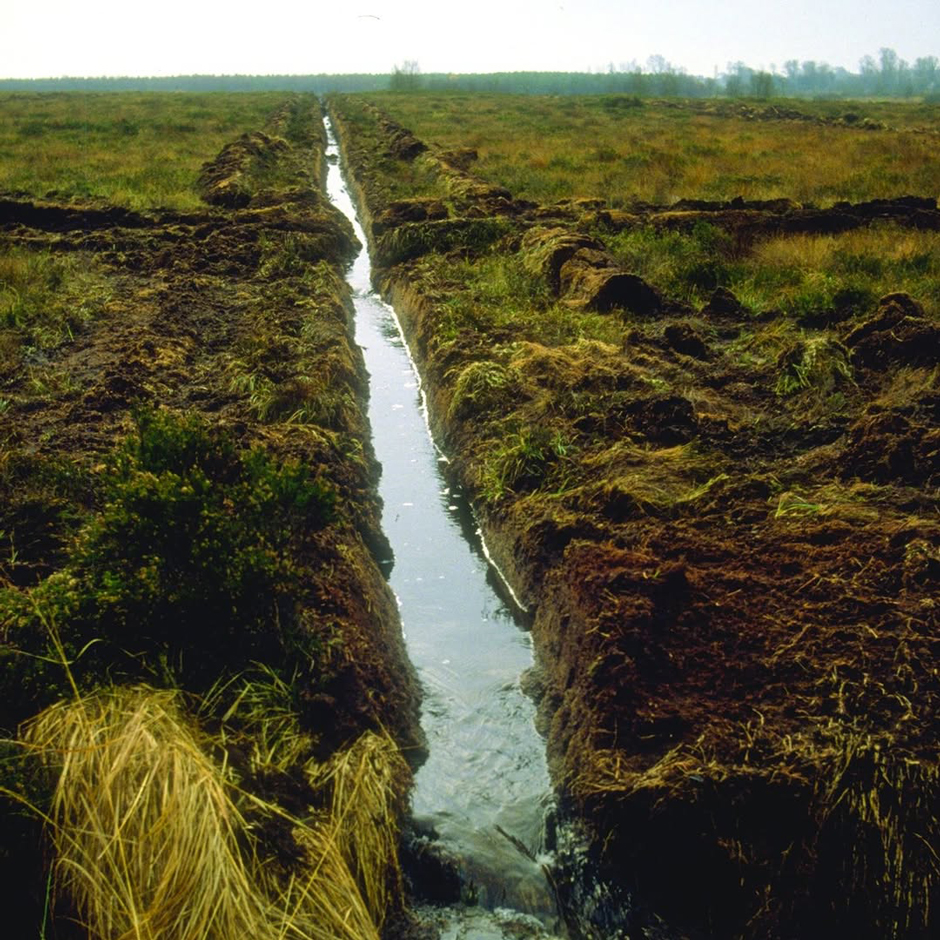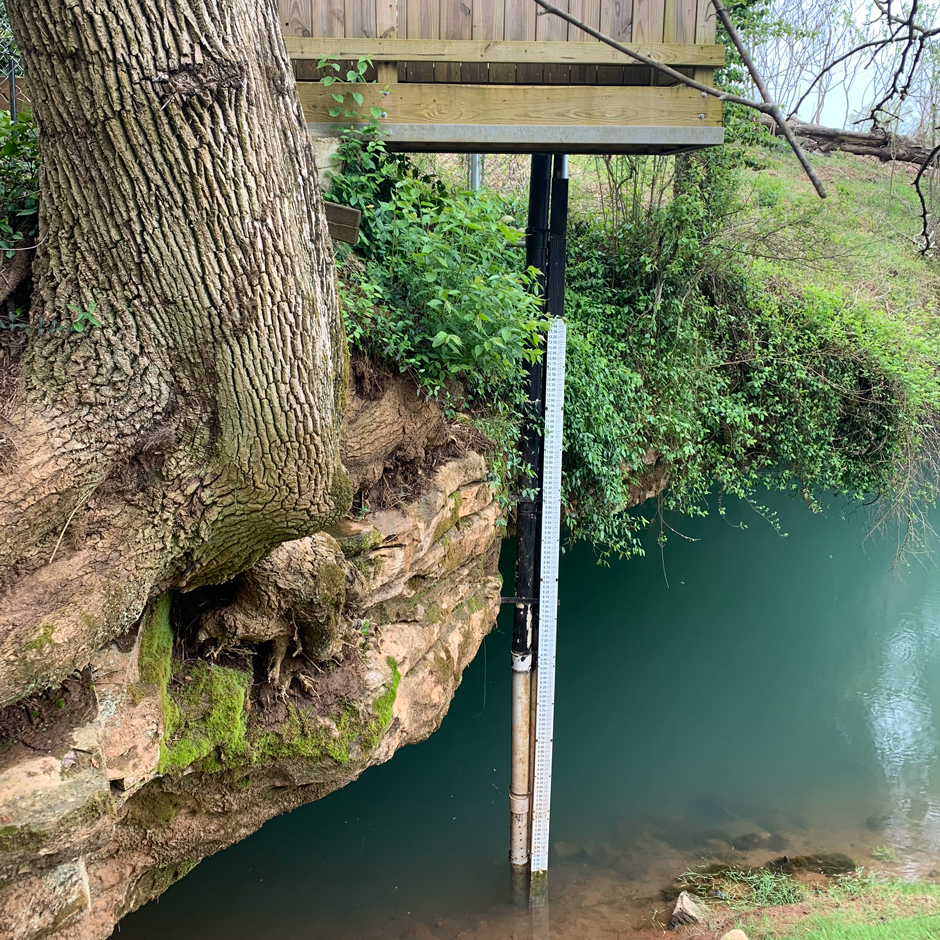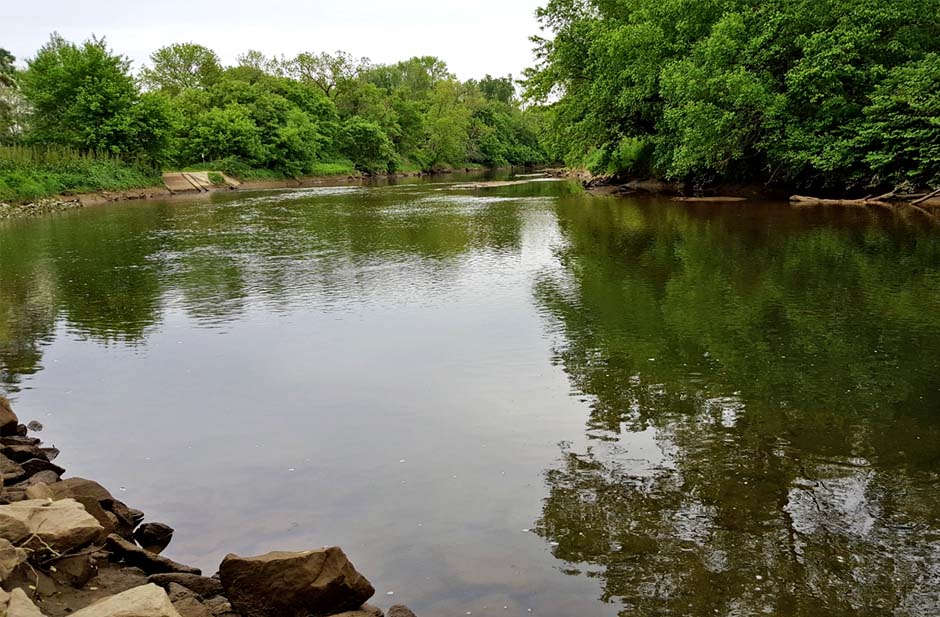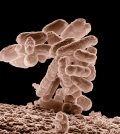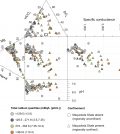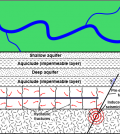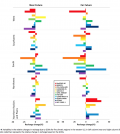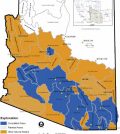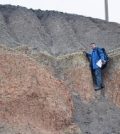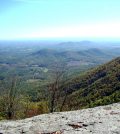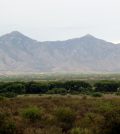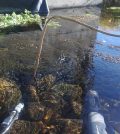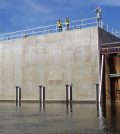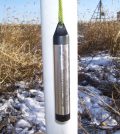Posts for tag "groundwater"
Save our Bogs! Culture, Conservation and Climate Action in Ireland’s Peatlands
Characterized by long-term accumulation under waterlogged conditions, peatlands exist on every continent and account for 3-4% of the global land surface. Small but mighty, these often overlooked wetland environments are estimated to hold as much as one-third...
- Posted March 31, 2025
Applied Research and Innovative Solutions: Creating CHNGES at Western Kentucky University
Long-standing environmental monitoring programs have the power to support a large number of research initiatives and policy changes—however, actually starting these networks can prove challenging. Not only is starting the program difficult, but keeping things operational for...
- Posted April 29, 2024
Tides and microbes transform nitrogen where streams and the ocean meet
Microbes transform nitrogen in tidal freshwater zones, usually causing denitrification, but recent research says areas of high nitrogen have been found.
- Posted September 17, 2021
USGS Monitoring Groundwater for Hormones and Pharmaceuticals
The USGS is monitoring our groundwater for hormones, pharmaceuticals, and other compounds with good news for water quality.
- Posted July 2, 2019
Nanoscale Heterogeneity in Models Helps Predict Macroscale Colloid Transport
Recent work shows how the “decorative” heterogeneity of surfaces at the nanoscale can help predict how colloids like bacteria travel through groundwater.
- Posted September 11, 2018
New Standards Target Perfluorinated Compounds in Colorado
The Colorado Department of Public Health and the Environment is monitoring groundwater for low levels of PFCs pursuant to EPA guidance.
- Posted July 9, 2018
Bioreactors Helping Protect the Chesapeake Bay Watershed
Bioreactors can help protect the Chesapeake Bay Watershed from excessive nitrates in water from agricultural runoff while protecting nitrogen-rich soil.
- Posted April 10, 2018
State Oil and Gas Regulations are Inadequate, Leaving Groundwater Vulnerable
New research indicates that oil and gas regulations surrounding hydraulic fracturing are inadequate to protect underwater drinking water sources.
- Posted March 26, 2018
USGS Scientists Identify Causes of High Concentrations of Radium in Aquifer Water
USGS scientists have identified where in the midwestern Cambrian-Ordovician aquifer system radium levels are high, and how the radium gets there.
- Posted January 23, 2018
Impact of Microorganisms in Fracking Processes May Have Been Underestimated
Harmful pathogenic bacteria has been found in groundwater near fracking sites in Texas, suggesting new remediation strategies for evaluation.
- Posted January 2, 2018
Baking in the Sun: How Groundwater Recharge is Likely to Change as the Climate Does
Research shows groundwater recharge in the Western US will change with the climate; dry areas will have less recharge, and wet regions will have more.
- Posted December 15, 2017
Hidden Underground Nitrate Pollution Threatens Groundwater Worldwide
Researchers have quantified nitrate levels in the vadose zone worldwide for the first time, warning of potential for groundwater contamination.
- Posted December 9, 2017
Water in the Desert: The USGS and Arizona’s Water Challenges
The Arizona Water Science Center of the USGS helps decision-makers shape policy with sound science.
- Posted December 8, 2017
Groundwater Depletion Causing Surprising Rise in Atmospheric Carbon Dioxide
Synthesizing years of information about U.S. aquifers in a new way leads to estimate of CO2 emissions from groundwater depletion.
- Posted December 7, 2017
Study: Hexavalent Chromium Produced Naturally By Leaching
Duke University scientists sampling groundwater wells in North Carolina’s Piedmont region find hexavalent chromium can be produced naturally.
- Posted November 15, 2016
Van Essen TD-Diver: Robust Level Logger Ups Data Efficiency
The new Van Essen TD-Diver offers a streamlined sensor body, excellent memory capacity and compatibility with all Van Essen accessories.
- Posted November 11, 2016
San Pedro River Seeing Streamflow, Groundwater Declines
Streamflow and groundwater feeding Arizona’s San Pedro River are declining in some locations, according to U.S. Geological Survey researchers.
- Posted September 22, 2016
Groundwater Age Foretells Colorado River Drought Vulnerability
Scientists with the U.S. Geological Survey find that groundwater age is a key factor in gauging the Upper Colorado River Basin’s future drought resilience.
- Posted September 19, 2016
Recharging Equus Beds Aquifer Not Harming Little Arkansas River
U.S. Geological Survey investigators find water quality in a downstream river near Wichita, Kan. hasn’t been hurt by Equus Beds aquifer recharge.
- Posted September 15, 2016
Network Of Water Level Sensors Ups Groundwater Management, Understanding
Tritium, Inc. oversees a network of water level sensors in northern Indiana and southwest Michigan to inform groundwater management and understanding.
- Posted September 13, 2016


